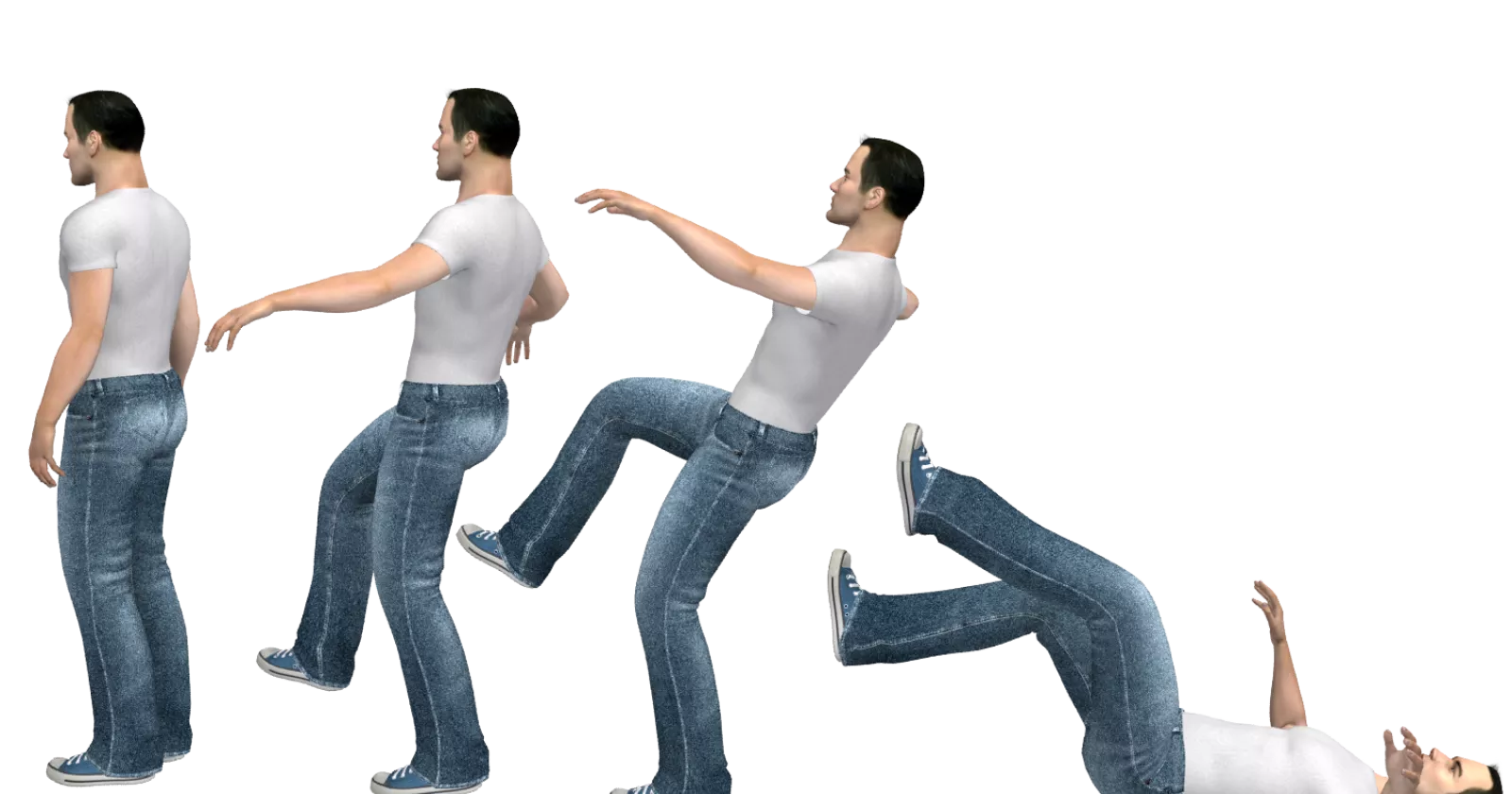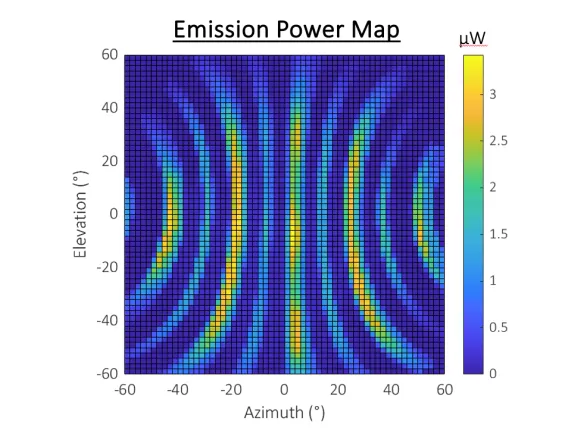How do clients benefit from Exponent's multidisciplinary approach?
Exponent has over 50 years of experience analyzing falls in the workplace, hotels, restaurants, amusement parks, cruise ships, and other public places, as well as in residential environments. We analyze ground-level falls as well as falls from height. Such incidents may result in injury claims pertaining to premises or workplace liability. We help our clients answer questions such as what happened and why, whether a trip versus a slip occurred, or whether a fall could have been avoided had some aspect of the incident been different.
Our investigation typically begins with a thorough review of available factual information, including incident reports, photographs and video, and testimony. If available, medical records and radiological imaging studies may also be reviewed to understand the documented injury patterns and how they relate to available descriptions of the fall. Many investigations will include a site inspection where photographs and/or measurements are acquired, including three-dimensional laser scanning documentation of the site. Depending on the questions being posed, testing may also be conducted at the accident site, such as slip resistance testing.
Our experts may work with human factors scientists, who may evaluate cognition and perception or apply research on human information processing, perception, attention, memory, and movement in the context of experience, training, and warnings. A human factors examination often includes considering not only normal behavioral capabilities and limitations but also the effects of fatigue, alcohol or other drugs, stress, inattention, and environmental factors such as darkness and noise level. Mechanical engineers and materials scientists may contribute expertise in areas such as structural design and integrity, effects of contaminants or asperities, compliance with standards and guidelines, and alternate or peer designs.
Comprehensive premises liability or worker's compensation incident analysis often includes studying the interaction between an individual and a specific environment. This can include considerations of the slip resistance or irregularity of a walking surface, the configuration of stairs, the presence of obstacles, or the structural integrity of a railing or support. At Exponent, we use our extensive expertise in the biomechanics of human gait in the context of the surrounding environment to characterize the interaction with the individual.
To further analyze slip, trip, and fall incidents, we may develop three-dimensional computer models of an incident scene based on scene measurements, three-dimensional laser scanning, blueprints, and other information. Such a model can inform and demonstrate an individual's location and orientation at the time of a fall to answer client questions regarding the scenario in the context of physical constraints. Dynamic mathematical modeling may be employed to provide reliable answers to client questions regarding fall kinematics and loading in a specific setting. Analyses like these can provide clarity to otherwise complex events.
services
For 50+ years, we’ve thrived on solving unstructured problems that require bespoke solutions. Some of our services include:
• Multidisciplinary premises liability investigation, including biomechanical analysis, human factors analysis, mechanical design analysis, materials science analysis, and more
• Site investigation
• Slip resistance measurement
• Review of medical records and other medical data such as radiological imaging, sometimes by consulting with medical professionals
• Reviewing available documentation, including witness statements and legal testimony, incident reports, video footage, and photographs
• Surrogate studies
• 3D modeling and camera matching
• Testing with calibrated, instrumented ATDs
• Dynamic mathematical modeling of human kinematics and internal loading
Insights
Experts
Our global and comprehensive expertise across industries gives us a deep understanding of current challenges, best industry practices, and the implications of emerging technologies.

Practice Director, Office Director and Principal Engineer










